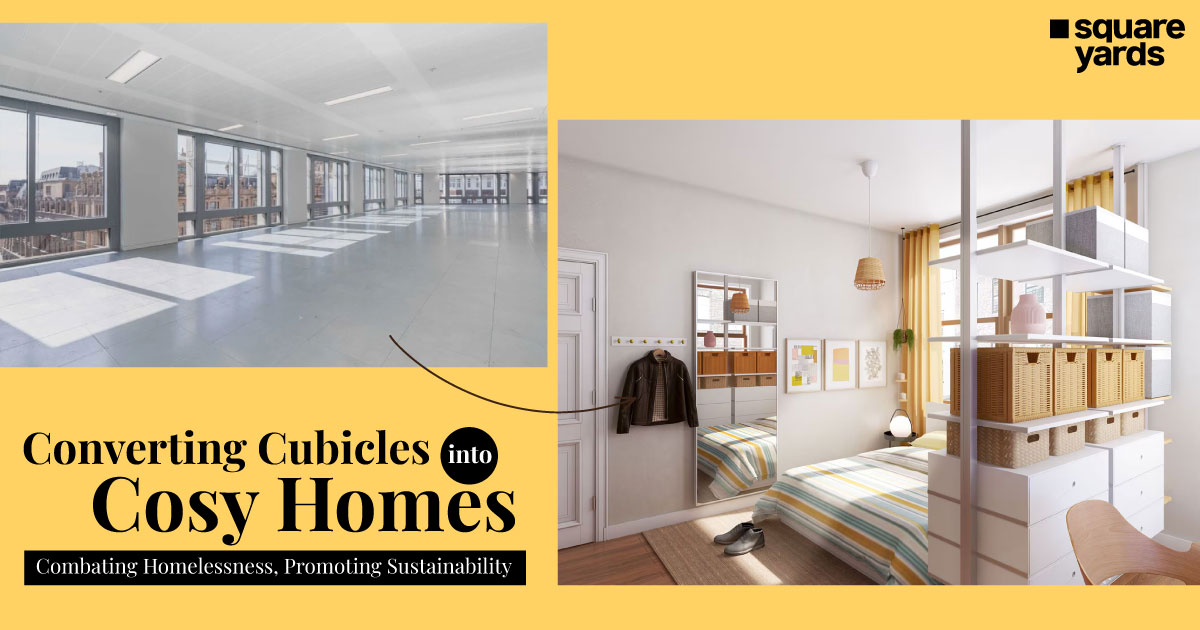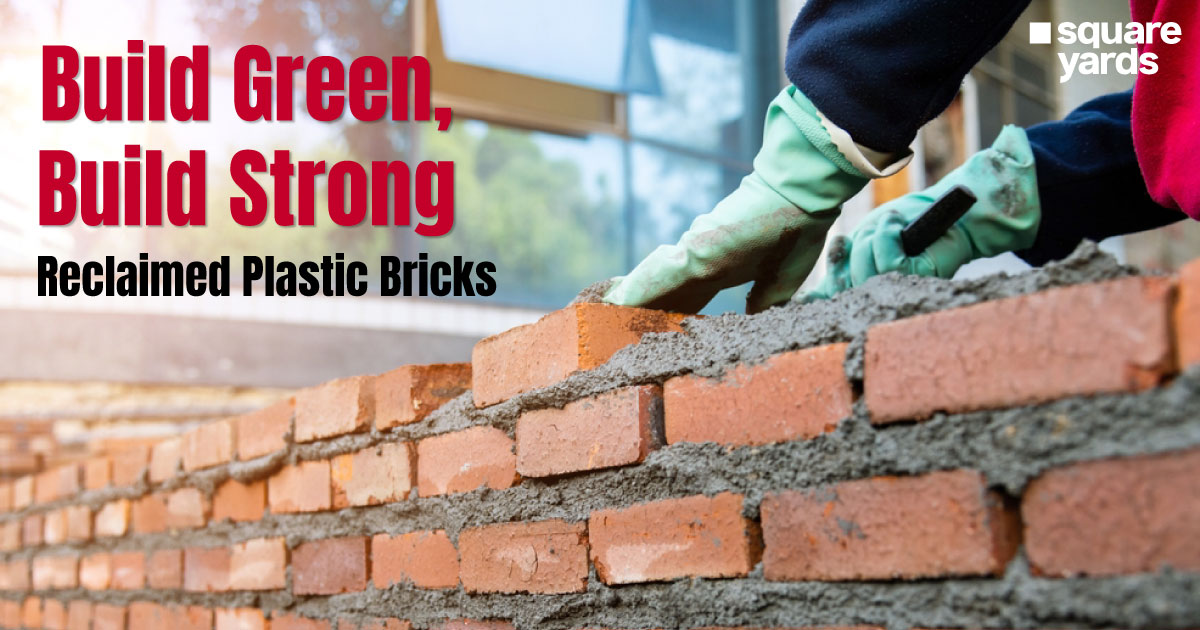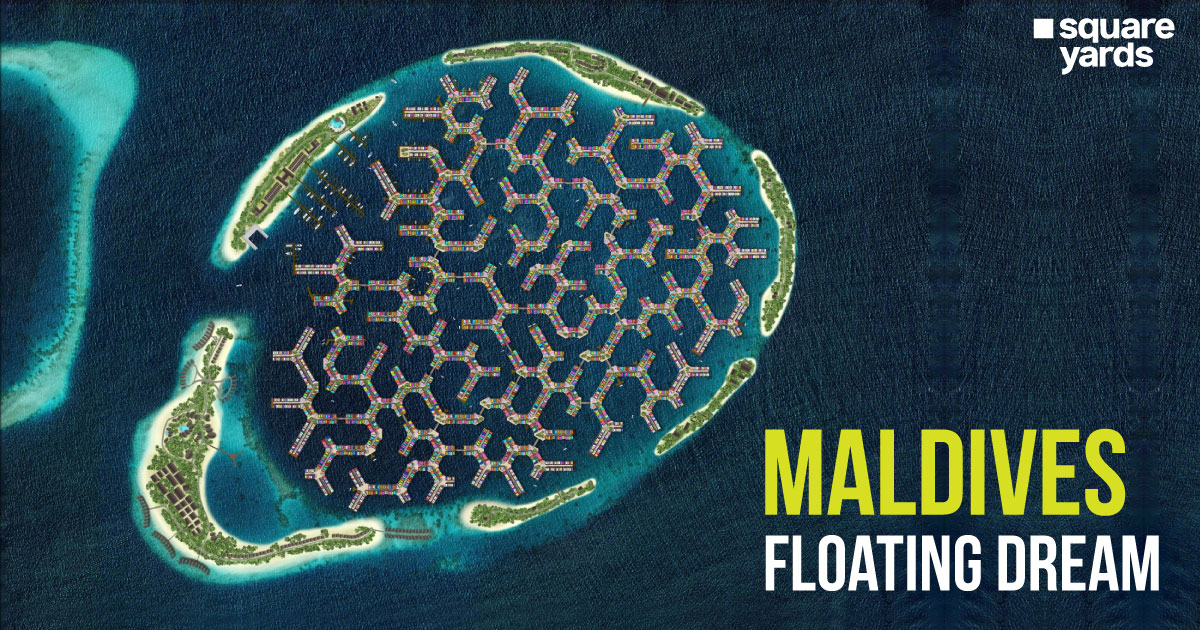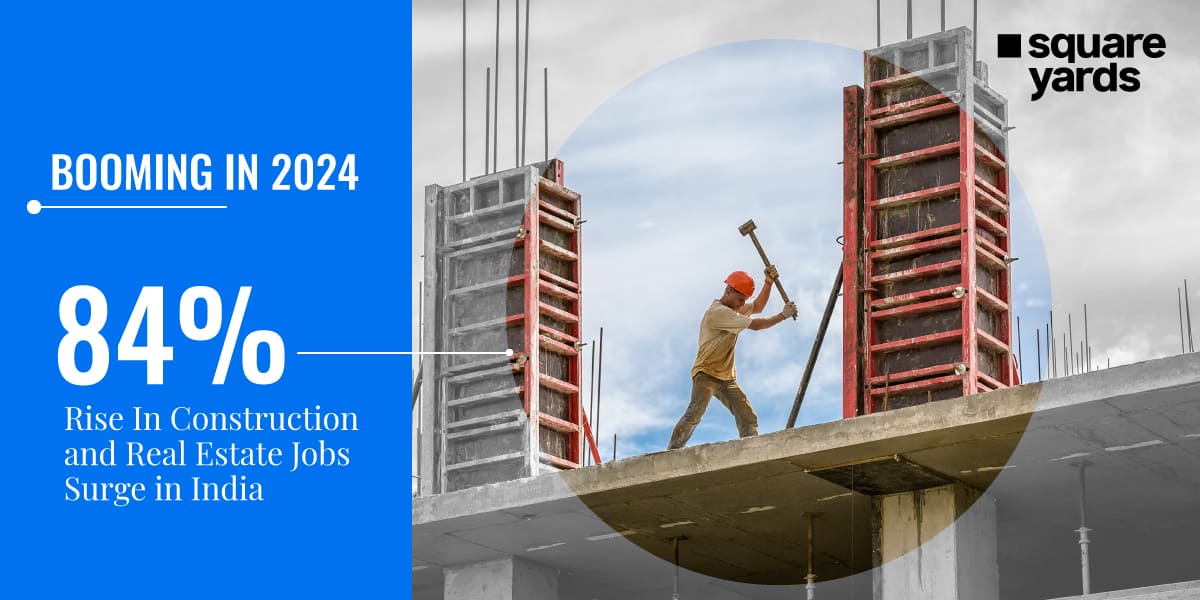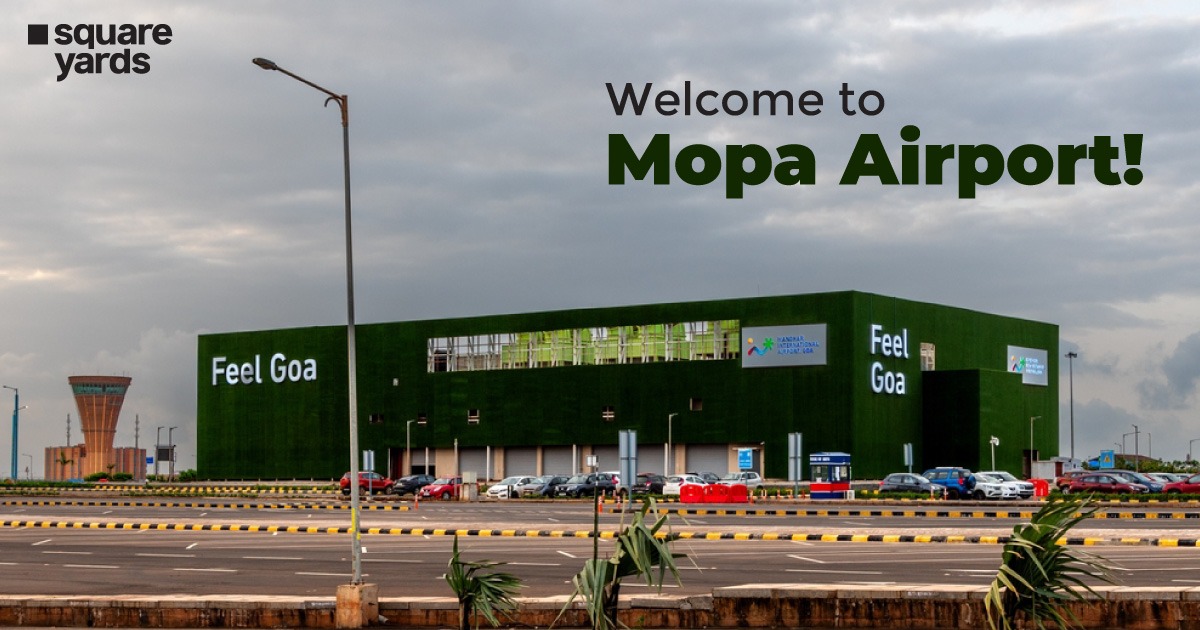In 2024, the trend of rising housing prices continues to influence the preferences of homebuyers across major cities in India. Despite the escalating costs, buyers are on the lookout for larger living spaces, as evidenced by the latest ANAROCK data. The average flat sizes in the top seven cities have risen by an impressive 8% annually, climbing from 1,420 sq. ft. in 2023 to 1,540 sq. ft. in 2024. This marks a substantial increase of 34% over six years, with average flat sizes growing from 1,145 sq. ft. in 2019. Notably, the luxury segment is gaining traction, with its share of newly launched units skyrocketing from 40% in 2023 to a remarkable 70% in 2024. In 2023, a total of 36,735 units were launched, while this number surged to 53,000 in 2024. However, amid this shift towards luxury, the affordable housing sector in the National Capital Region (NCR) has witnessed a sharp decline, with supply dropping from 24% to 11% in just one year. The Mumbai Metropolitan Region (MMR) had the lowest growth in average flat size during this six-year period, underscoring the challenges of space constraints in the region. As we delve deeper into these statistics, it becomes clear how the dynamics of the real estate market are changing, reflecting evolving consumer preferences and economic conditions.
Regional Insights: NCR and MMR Lead the Way
The NCR region has emerged as a front-runner in average flat size, boasting an impressive 2,435 sq. ft. in 2024. This marks a staggering 95% increase since 2019, where the average size was a mere 1,250 sq. ft. The past year alone saw a remarkable 29% rise, making NCR the city with the highest growth among the top seven urban centers. This dramatic shift in preference towards larger living spaces can be attributed to the growing demand for luxury housing options, which often offer more square footage and better amenities. In stark contrast, the MMR region continues to grapple with space constraints, showing the lowest average flat size growth, from 784 sq. ft. in 2019 to 849 sq. ft. in 2024. Although MMR experienced an 8% increase in flat size this year, it is still lagging behind its counterparts. The real estate landscape in MMR highlights the unique challenges faced by urban centers with limited land availability, emphasizing the need for innovative housing solutions.
City Comparisons: A Mixed Bag of Growth
Among the top seven cities, Hyderabad recorded a significant increase in flat size over the past six years, rising from 1,700 sq. ft. in 2019 to 2,103 sq. ft. in 2024, a growth of 24%. However, it is noteworthy that between 2023 and 2024, Hyderabad was the only city to see a decrease in average flat size by 9%. This anomaly raises questions about the city’s market dynamics and buyer preferences. Bengaluru also showcased a strong performance, experiencing a 30% increase in average flat size, with figures rising from 1,280 sq. ft. in 2019 to 1,660 sq. ft. in 2024. This upward trend continued with a 12% rise between 2023 and 2024. In Kolkata, average flat sizes grew modestly by 15%, reaching 1,149 sq. ft. in 2024, indicating a more stable housing market. Pune and Chennai showed positive trends as well, with average sizes increasing by 25% and 31% respectively over the six-year period. These varied growth rates across cities highlight how local market conditions and buyer behavior significantly influence real estate trends.
Conclusion: The Future of Homebuying in India
The substantial rise in average flat sizes across major Indian cities signals a shift in homebuyer priorities, favoring larger living spaces despite increasing property prices. The growth in the luxury housing segment indicates that buyers are willing to invest in more spacious homes that provide enhanced comfort and amenities. However, the decline in affordable housing supply, particularly in the NCR, raises concerns about accessibility for the average consumer. As urban centers continue to evolve, understanding these trends will be crucial for developers and policymakers alike. The contrasting growth rates between cities like NCR and MMR underline the diverse challenges faced by different regions. Moving forward, the real estate market will need to adapt to these changing demands while considering the implications for affordability and sustainable urban development. Addressing the needs of both luxury buyers and those seeking affordable options will be essential in shaping the future landscape of homebuying in India.










